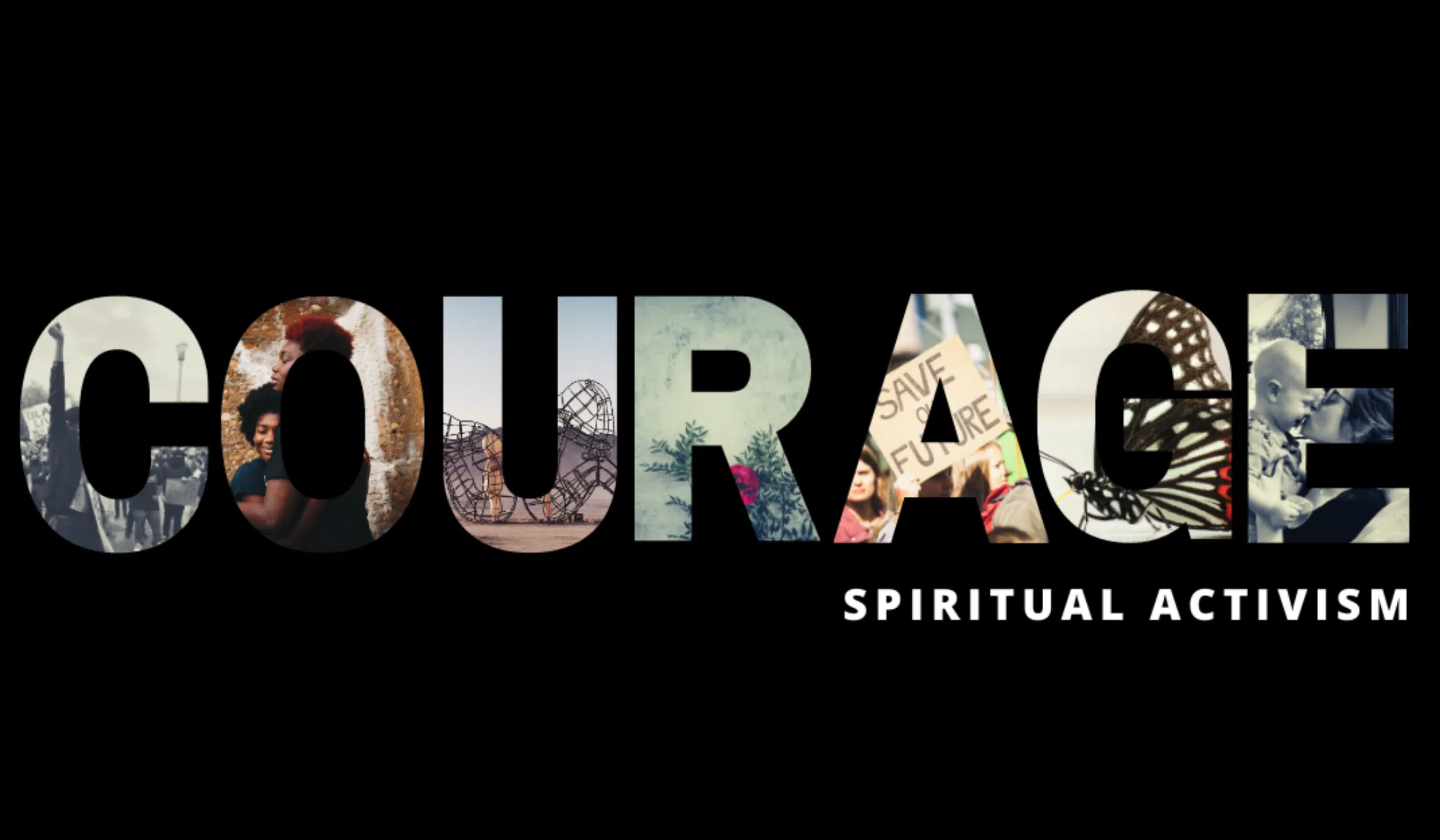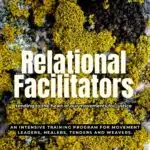In 2010, professors Sara Hendren and Brian Glenny began covering the standard “handicapped” symbol on Boston parking signs with translucent stickers that depicted a new image. Over the familiar stick figure sitting upright in a wheelchair, they pasted one leaning forward, arms reaching back to spin the wheels of the chair.
Calling into question the depiction of the passive figure almost engulfed by the chair, the image that began as guerilla street art invites an entirely different world of associations—a person intentional and in motion, moving towards a place of her own choosing. Offered freely online, the new accessibility icon has been adopted by cities and institutions across the globe.
Transformation, this story reminds us, can be as simple as this: a different angle in a wheelchair.
Longtime conflict resolution practitioner John Paul Lederach agrees. “Time and again, social change that sticks and makes a difference has behind it the artist’s intuition: the complexity of human experience captured in a simple image and in a way that moves individuals and whole societies,” he writes in The Moral Imagination: The Art and Soul of Building Peace (73).
Reflecting on a lifetime of work in conflict zones, Lederach is concerned that his field—like so many others—has become overly technocratic, to the detriment of the creativity and imagination he believes are necessary for social change. After 20 years of intellectual and professional pursuit, he recounts, he rediscovered poetry, metaphor, doodling and imagery as a path to peacebuilding.
Reading Lederach’s story of recovering imagination in his work of social change, I was struck by the parallel yet unique tools available in contemplative practice.
“Moral imagination,” Lederach explains, “attends to intuition. It listens for what Yeats called the ‘heart’s core’. This kind of imagination captures the depth of the challenge and at the same time casts light on the way forward (71).” Contemplative practice can do the same.
The compassion meditation I was first taught was a repetition of phrases directed towards a person in pain. May you be free of suffering. May you be free of pain and sorrow. Working primarily with images rather than words, Sustainable Compassion Training takes this a step further, inviting the practitioner to imagine that the energy of care we direct towards the suffering one “becomes every means needed to release her from inner and outer causes of suffering into deep well-being and joy, and that it heals her whole environment.” This, to me, encapsulates precisely what Lederach describes. Attending to intuition, listening for the heart’s core as we hold the suffering one in mind and imagine deep internal and systemic healing, we leap over the rigidity of our usual frameworks and beliefs to awaken our sense of the possible.
Cultivating our moral imagination through meditation provides a different path to the kind of intuitive listening and responding Lederach describes. Like poetry and art, contemplative practice reveals primarily through the body, a source of great wisdom and creativity. “The felt quality of the unknown serves as a kind of beacon. When we pay attention to it, the unknown is born into being and develops, and our felt sense of what we are seeking to create changes,” writes psychotherapist and artist Michal Goldfarb (182). Meditation teaches us to attend to our felt sense, to receive whatever it reveals without judgment. As we turn this attention to the brokenness around us and “our felt sense of what we are seeking to create changes,” latent understandings about healing can surface. We can embody a vision of repair.
SCT brings another powerful dimension to moral imagination. The compassion meditation that invites us to imagine a person or group released from their suffering begins by grounding our wish for their well-being in the strength of thick networks of care we have received. Just as a parent driven by love runs into a burning building to rescue her child, bringing the powerful force of care to moral imagination can reveal new images of what might be possible. Only care for the humanity of a person who uses a wheelchair, in all its messy dignity and worth, can shift a static image of him, reveal him leaning forward, wind against his face as he propels himself to work.
Imagination has its limits, of course. Creativity, Lederach would agree, is not enough to solve a conflict or dismantle an oppressive force. But neither can we make lasting change without it. Contemplative practice that envisions suffering relieved can cultivate a habit of moral imagination powered by a fierce and boundless love. And that is the kind of moral imagination we desperately need.
eLizabeth Aeschlimann
Reference:
Michal Goldfarb, “Making the Unknown Known: Art as the Speech of the Body.” In Giving the Body its Due, edited by Maxine Sheets-Johnstone, 1992.



